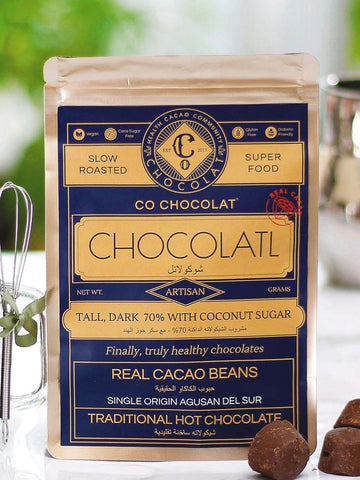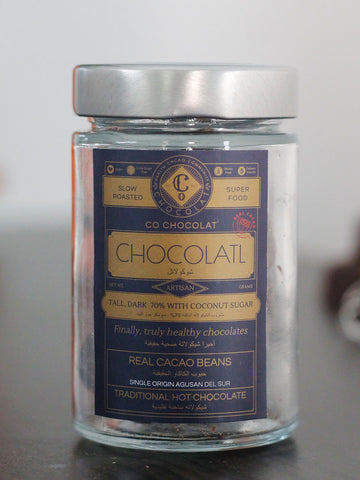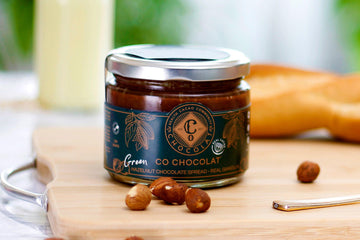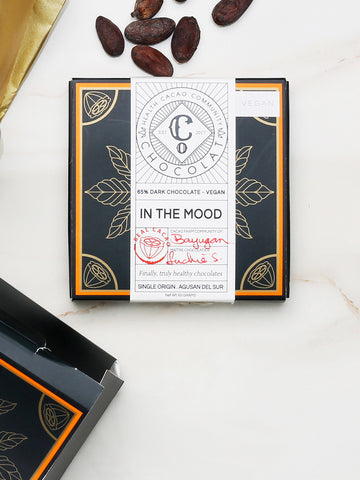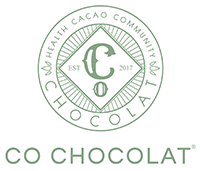Child Slavery in West African Cacao Farms - Is Your Chocolate a Product of Child Labor and Exploitation?
When you think about chocolates you probably start to picture candies, pastries, or maybe a hot cup of cocoa with marshmallows on top. Anyone, especially kids, would love to indulge in this special treat. For many kids in West Africa, however, the word chocolate holds a different meaning.
To make chocolate, the seeds of the cacao trees are fermented, dried, and then roasted. These cacao trees are typically grown on areas located along the equatorial belt where the climate is most suitable for the plant.
There are over 4.5 million small-scale cocoa producers worldwide supplying 4 million tons of cocoa beans every year. Among them are top cocoa producers Ghana and Cote d’Ivoire. The two countries combined supply 70% of the world’s total cocoa production.
Child Slavery in Cocoa Farms
Sadly, both Ghana and Cote D’Ivoire suffer from an endemic of severe poverty, child trafficking, and slavery. The US Department of State estimated that more than 109,000 children in Cote d’Ivoire are working in the “worst forms of child labor” in 2009. About 10% of them are victims of human trafficking and/or forced labor. Meanwhile, in Ghana, the US Department of Labor estimated that 43.5% of children between the ages of 5 and 14 are working.
To meet the large demands of cocoa production, children work in cocoa plantations where they are unavoidably exposed to an assortment of hazards. The workload and working conditions are terrible.
These children carry extremely heavy loads and are made to work many hours under excruciating heat from the sun. The use of dangerous tools like machetes are employed in the harvesting process. Dust, flames, and toxic pesticides are also present in these workplaces. To top it all of, the provision these children are given is nowhere near enough and their basic right to education is taken away from them. Not only are they exploited, their chance for a better life and future also diminishes.
Big Business in Chocolate
In 2001, pressure from the US Congress had pushed the heads of the biggest chocolate companies to sign a pledge to get rid of child slavery from their cocoa suppliers in West Africa. These companies have committed to completing their pledge by 2005.
One of the steps that the biggest chocolate companies are putting forward is fair trade certification. Third-party groups such as Fairtrade and Rainforest Alliance hand out seals of approval to companies who were able to trace the suppliers they get their cocoa from and have them inspected to ensure that no child is ever placed in exploitative situations in their farms. These inspectors are only required to visit about 10% of the cocoa plantations to approve certification.
More than a decade after, child slavery is still rampant in these areas of the world. In fact, in 2018, there are approximately 2.1 million children still working in exploitative and dire conditions in West African cocoa farms. This is a huge jump from the 1.8 million children in a 2009 survey by the US Labor Department. The big companies broke their pledges and child slavery has worsened.
The companies needed to make huge economic steps to fix the issue of poverty and lack of checks and balances that force these children into exploitation and slavery. There was a clear lack of corporate will in the steps they took. $103 billion — this is the approximate figure in sales that the chocolate industry collects every year. Over the course of 18 years, only $150 million was spent to address the issue of child labor.
The managing director of the Voice Network, an umbrella group seeking to end child labor in the cocoa industry, Antonie Fountain had this to say about child labor in the chocolate trade. “The companies have always done just enough so that if there were any media attention, they could say, ‘Hey guys, this is what we’re doing’. It’s always been too little, too late. It still is. We haven’t eradicated child labor because no one has been forced to. What has been the consequence of not meeting the goals? How many fines did they face? How many prison sentences? None. There has been zero consequence.”
The bottom line is, child slavery and exploitation stems from poverty, lack of education, and regulation. Instead of finding ways to transfer or avoid responsibility, those in the chocolate industry need to really commit to eradicating this disgusting practice. Until proper compensation and regulation is upheld, nothing will change.
The Co Chocolat Commitment
Child slavery should not exist in this day and age. It is a moral responsibility and even without legislation, eliminating this form of child exploitation should be the priority of those who want to be part of the chocolate industry.
The parent company of Co Chocolat is OFW Para sa Magsasaka (OPM). OPM is an agricultural social enterprise whose community scorecards keep track of the farms we work with to check improvements in terms of pricing, crop production, income stability of farmers, incentives, training, investment, and ensuring accessibility of farmers to health, education, irrigation, and transportation.
We participate in direct trade and we ensure that we are not the only ones thriving. It is vital and important that the farmers we work with thrive as well. This is the humane and sustainable way we want to pursue because, again, it is a moral responsibility.
Consumers and companies need to acknowledge that child slavery is not acceptable and it can be solved. The most powerful step we should make is to choose — choose what we consume, choose who we work with, choose who we trust. Let us choose to end child slavery in chocolates. It is the first step to actually making chocolates “guilt-free”.
________________________
Nicole Paman is an industrial designer and illustrator who considers writing a necessary and beautiful art that ties everything she does together. She believes that communication and design need to come together to make meaningful changes to the world that will allow all people to thrive and be happy.
